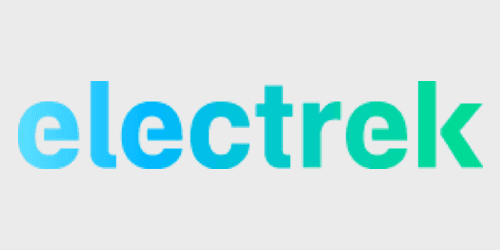

The news that Tesla and Mobileye are parting ways over the development of the Autopilot program was surprising for some yesterday, but Tesla CEO Elon Musk has since commented on the news calling it “inevitable”.
Now Tesla’s Autopilot Program Director, Sterling Anderson, is adding some color to the change of direction, saying that Tesla is looking to move quickly in autonomous driving and in order to do that, they need a “tight integration” of both hardware and software. Something they can do better if more of the program is developed in-house.
Mobileye first revealed the news in a conference call discussing its second quarter finanical results. The company confirmed that its EyeQ3 chip, which is currently in Tesla’s vehicles, will be the last supported for Tesla’s Autopilot program by the Israel-based tech company.
The companies will end their collaboration when Tesla discontinues the EyeQ3 chip, which will likely happen when the automaker will introduce its Autopilot 2.0 suite.
Yesterday, sources at Tesla were saying that the company is bringing in-house Mobileye’s involvement in the Autopilot program, which mainly consists of processing inputs from the system’s camera.
Anderson then provided some color on integrating software and hardware. He said that “tight integration of hardware and software is critical to fast, efficient progress. Moving quickly frequently requires bringing the solution in-house.” He then tweeted:
As with transfer pricing, so with product development: use the best technology available regardless of the source.
— Sterling Anderson (@sterling_a) July 26, 2016
The comment makes sense since there’s been some confusion over both companies’ timelines for their autonomous driving programs. While Tesla previously said that they would work with Mobileye going forward, the Israel-based tech company has been advancing its goal for a fully autonomous driving system (level 4) by 2020, while Tesla CEO Elon Musk said that he sees the technology being ready around the end of next year.
Since Elon announced the timeline, there’s been signs that Tesla was looking to discontinue Mobileye’s system. We reported last December that Musk offered a “multimillion-dollar bonus” to hacker George ‘Geohot’ Hotz to build a system to replace Mobileye’s, but the company quickly issued a statement claiming that they plan on using Mobileye’s technology “going forward”, especially its EyeQ chip.
Following this incident, we published several reports on Tesla hiring top SoC talent for the Autopilot program including our exclusive report that Tesla hired legendary chip architect Jim Keller from AMD as new “Vice-President of Autopilot Hardware Engineering”, and Peter Bannon followed him at Tesla just a few weeks later and finally our report on Tesla poaching a team of high-profile chip architects and executives from AMD to develop the next generation Autopilot under Keller’s leadership.
FTC: We use income earning auto affiliate links. More.






Comments